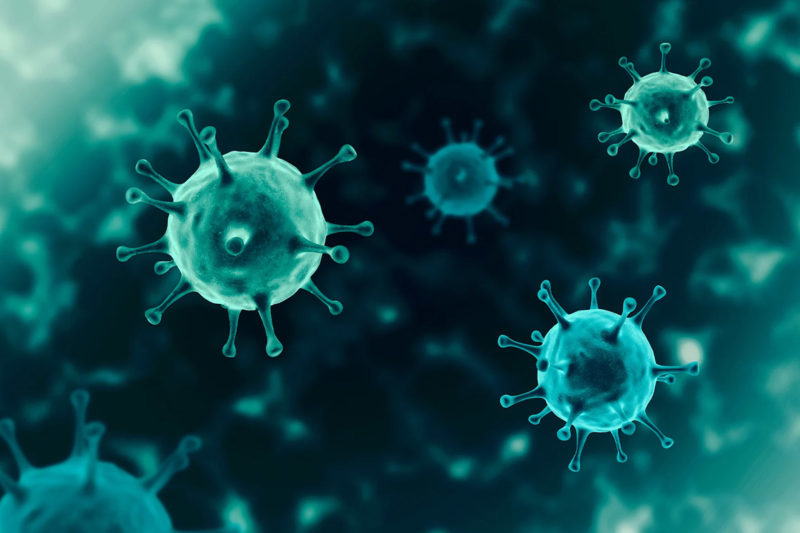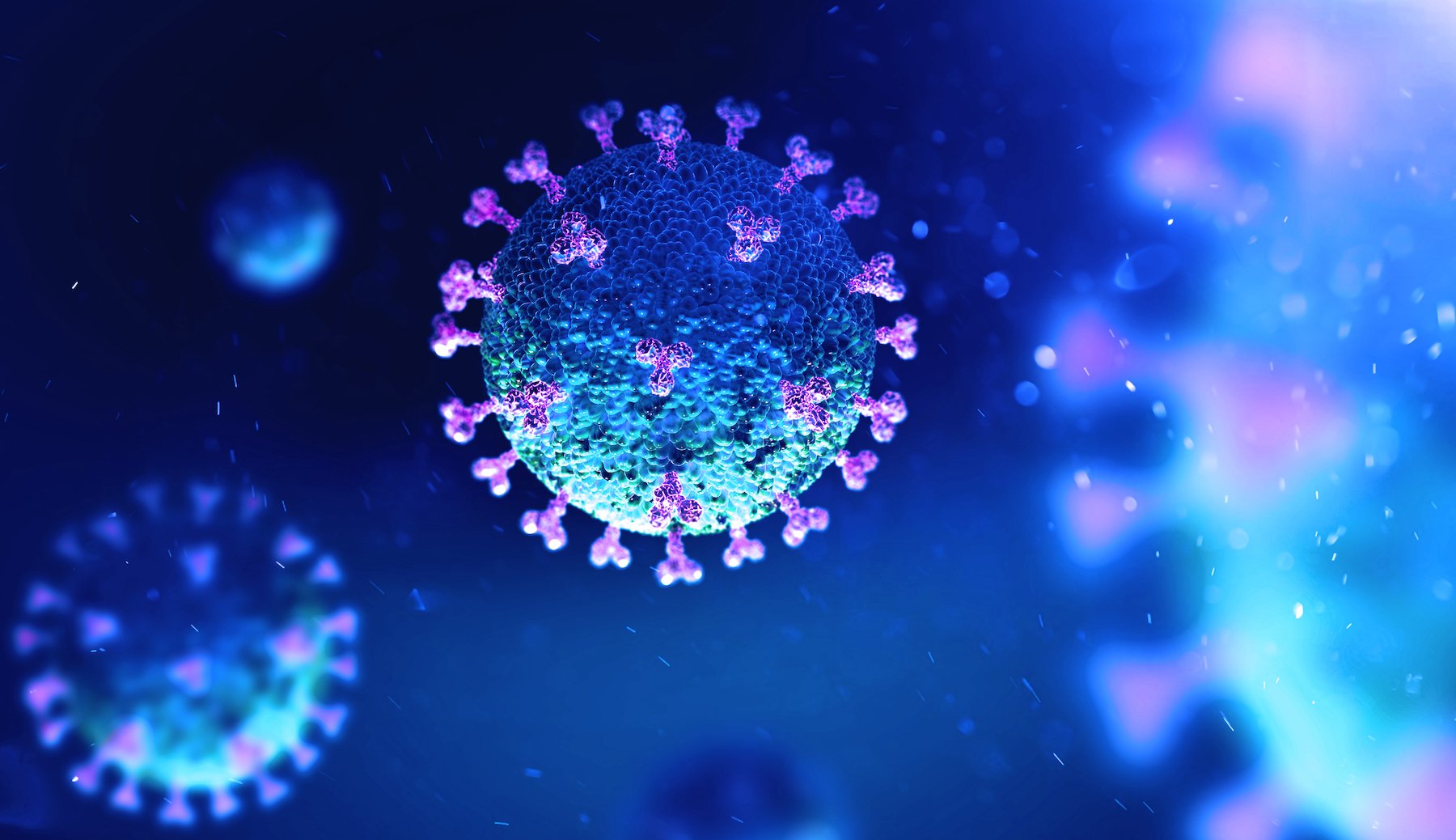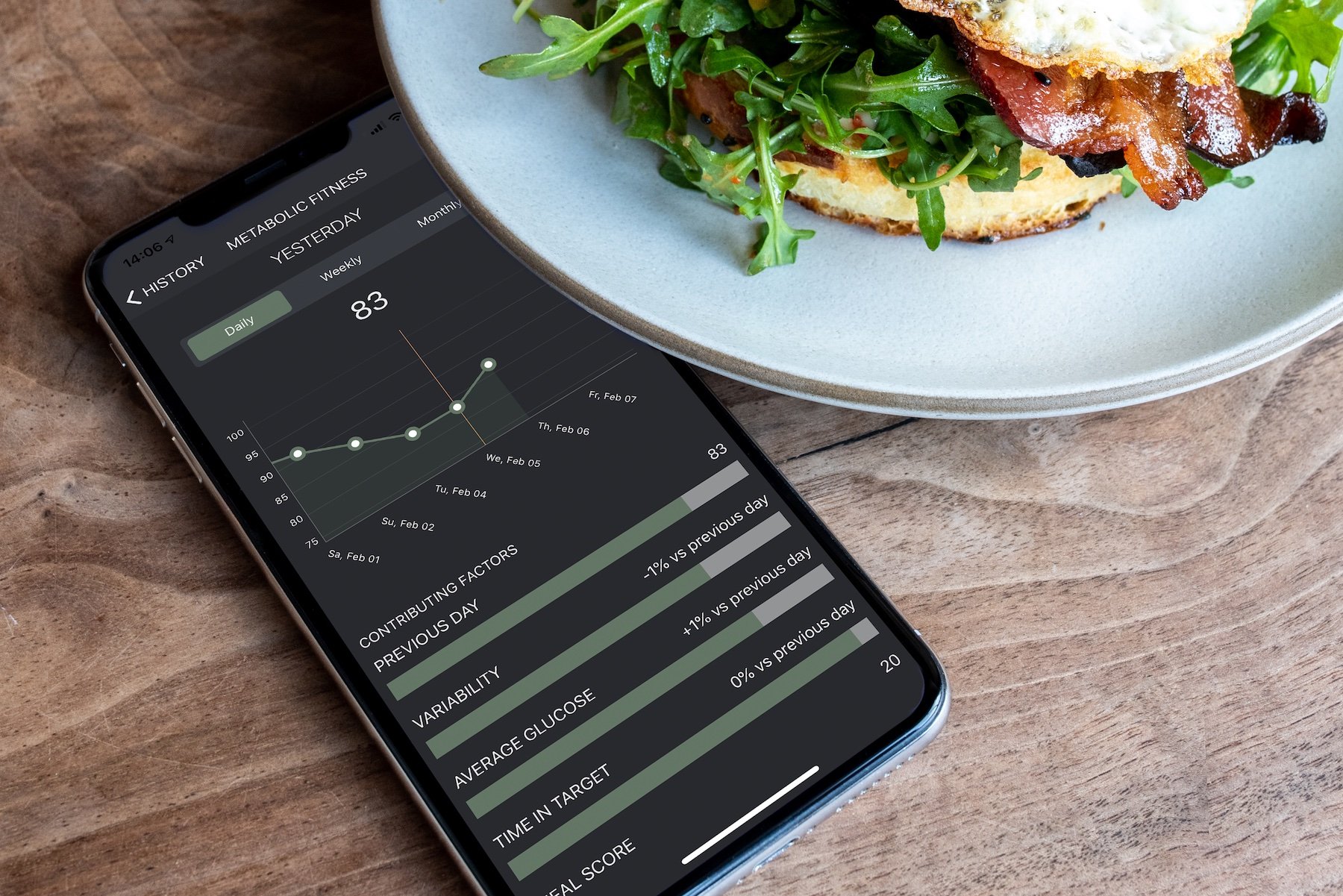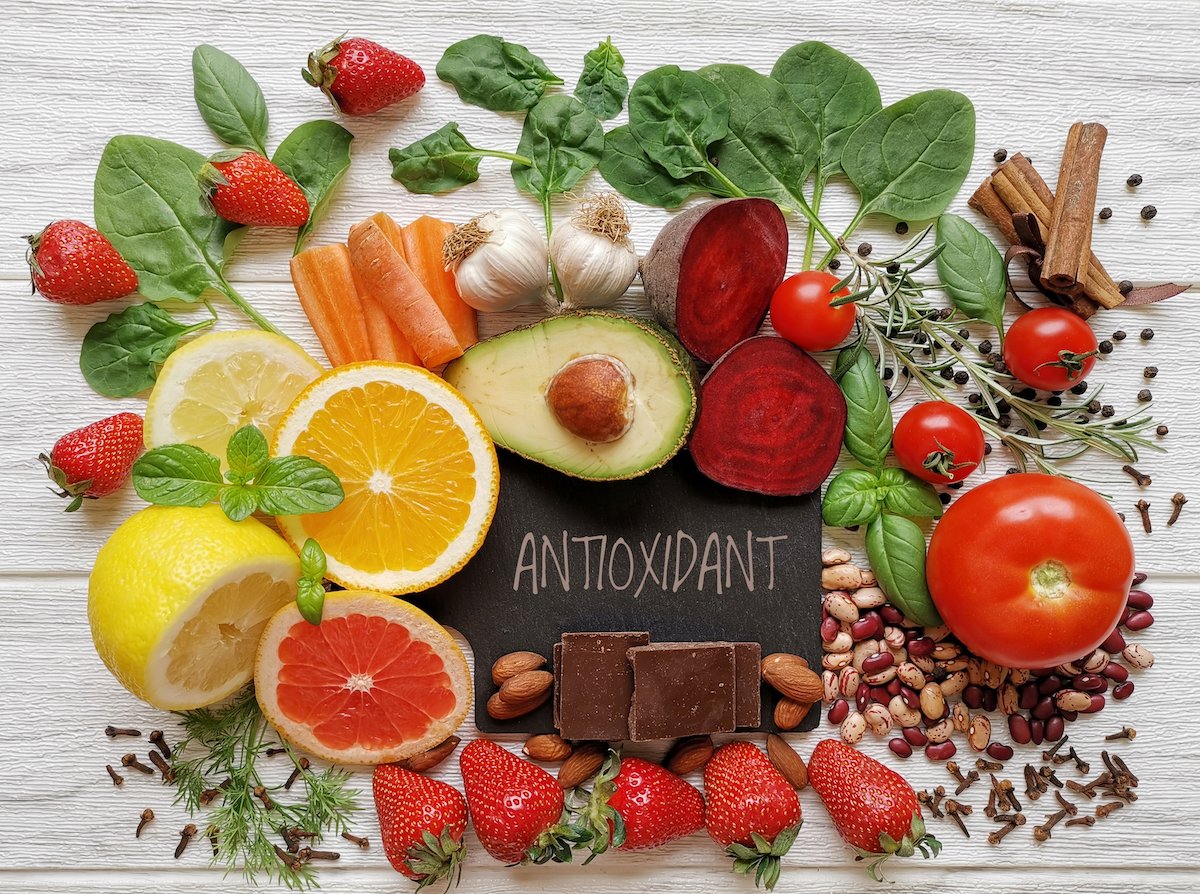Early in the pandemic, doctors picked up on an alarming trend: People with COVID, both with diabetes and without, were presenting to hospitals with sky-high blood sugars, and they weren’t doing well with the virus. Hyperglycemia, it seemed, practically guaranteed more severe COVID. More worrying still, in some studies, patients with new-onset diabetes appeared to be at even higher risk of death from COVID than people who previously knew they had the disease.
Researchers were mystified. The fact that people with diabetes were likely to develop severe COVID came as no surprise. Diabetic patients are more susceptible to complications from respiratory illnesses; they are twice as likely to die from flu, for example, than people without underlying conditions. However, that people with hyperglycemia but no history of diabetes were faring so poorly was troubling. Some patients recovered and saw their sugars stabilize. But some did not.
Even more baffling was the number of previously nondiabetic people developing diabetes well after SARS-CoV-2 infections. Many had experienced only mild COVID and had never been hospitalized. And yet still they developed diabetes, sometimes months down the line. A study of the Veterans Affairs health system, for example, found that COVID-19 survivors were 39% more likely to receive a diabetes diagnosis in the six months after their infections compared with those who’d never had COVID.
Another signal of the connection between COVID and diabetes is the number of COVID patients without a history of diabetes who have developed diabetic ketoacidosis (DKA). This serious diabetes complication occurs when the body’s insulin stores are almost or totally depleted. Typically it affects people with Type 1 diabetes, but people with Type 2 diabetes can also develop DKA, particularly if their blood sugar levels are out of control. A study of more than 27,000 people admitted to English hospitals with DKA found a 6-7% rise in DKA admissions between March 1, 2020, and February 28, 2021, compared with pre-pandemic admissions. In the first pandemic wave, between March 1 and June 30, 2020, DKA admissions among people with Type 2 diabetes rose 41%. Notably, among patients with newly diagnosed diabetes, it rose 57%. Troublingly, more children with new-onset Type 1 and Type 2 diabetes are also presenting with DKA.
Kids, too, may be vulnerable to COVID’s metabolic impacts. Last fall, the Centers for Disease Control released a study that found that children and adolescents under 18 who’d had COVID-19 were two and a half times more likely to receive a diabetes diagnosis. Critics were quick to point out the study’s caveats: for one, researchers didn’t control for obesity, a crucial Type 2 diabetes risk factor, and also didn’t distinguish between Type 1 and Type 2 diabetes cases. Also, the increase was from a .03% diabetes rate for kids without COVID to .08% for those without, so the actual numbers are very small.
Still, the sheer volume of new diabetes cases in children and adults raised flags. Researchers warn that COVID has sparked a “clash of pandemics” with far-reaching implications for the future. Today, 537 million adults worldwide live with diabetes, according to the International Diabetes Federation Diabetes Atlas. By 2045, the Atlas predicts, that number will balloon to 783 million. COVID could be making the problem even worse.
Now, researchers are racing to get to the bottom of the COVID-diabetes connection. How, exactly, COVID triggers diabetes isn’t yet clear and seems to vary among patients. Could COVID-19 simply be unmasking diabetes in people who don’t yet know they have it, or pushing people with prediabetes, a diabetes precursor, into full-blown disease? And, are these mysterious new-onset diabetes cases genuinely classifiable as Type 1 or Type 2, or has SARS-CoV-2 spawned an entirely new type?
Hyperglycemia and the Immune System: A Troubling Combination
Much of what we know about how a body with hyperglycemia copes under the stress of an infection comes from the study of diabetes patients. To understand how COVID complicates diabetes and vice versa, it’s helpful to review how excess blood sugar affects the body, in general.
In short, in poorly controlled diabetes, the body is in crisis, in a constant state of inflammation. And even having prediabetic levels of glucose can cause chronic inflammation. Excess glucose in the blood can damage the endothelial cells that line blood vessels, promoting the development of sticky plaque and platelet clotting that can raise a person’s risk for dangerous blood clots and stroke. High blood sugar can also make cells insulin resistant, which means they can’t effectively use insulin, the hormone that allows cells to convert the sugar into energy. In turn, insulin resistance, the main driver of prediabetes and Type 2 diabetes, as well as obesity (and in particular, excess fat around the waist), can cause systemic inflammation. Over time, chronic inflammation can worsen insulin resistance and cause permanent damage to cells and tissues throughout the body. It’s a vicious cycle: Inflammation worsens insulin resistance and vice versa.
Consider what’s happening inside a body with a severe SARS-CoV-2 infection. Acute inflammation is one of the body’s standard responses to infection. When it registers an invader, such as a virus, the body produces cytokines, proteins that stimulate the immune system in many different ways. Some of those cytokines stoke inflammation. A little inflammation is normal and helpful. But sometimes, the immune system overreacts, becomes hyperactive, and produces too many proinflammatory cytokines. This life-threatening systemic inflammatory reaction is known as a cytokine storm, and it’s one of the ways people die from COVID-19.
How high blood sugar can worsen COVID
An array of complex, interconnected factors appear to drive worse COVID outcomes in patients with hyperglycemia, independent of their diabetes history. It’s not clear why people with new-onset, COVID-induced diabetes tend to have a comparable or worse prognosis than those who already know they have diabetes. But some of the same mechanisms may be at work in both sets of patients.
What do we know so far? There’s the matter of inflammation, as we covered above. People with prediabetes and diabetes are already coping with varying levels of systemic inflammation; additional inflammation due to infection may contribute to more severe complications, per the American Diabetes Association.
There’s also some evidence that diabetes patients may be more likely to make specific cytokines. Plus, there’s the COVID risk of blood clots. On its own, COVID can lead to dangerous blood clots. Diabetes patients with already-narrowed blood vessels are also more vulnerable to these clots, which can cause pulmonary embolism, stroke, and heart attack. Emerging research suggests that people with prediabetes—many of whom don’t even know they have it—may be susceptible to blood vessel-narrowing, too. A recent study of more than 119,000 patients found that the incidence of major cardiac events such as heart attack and stroke was “significantly higher” among patients with prediabetes compared with controls. COVID may compound prediabetic and diabetic patients’ already-elevated blood clot risk.
In people with diabetes, altered angiotensin-converting enzyme 2 (ACE2) receptor expression may play yet another role in poor COVID outcomes. You’ve probably heard about ACE2, the protein on the surface of cells in multiple body parts—including capillary-rich areas such as the lungs, pancreas, and gut—that acts as a receptor for the SARS-CoV-2 virus. Research suggests that people with diabetes have more ACE2 protein in their blood, which could reflect an abundance of ACE2 in the lungs to provide entry to higher virus levels. In addition, people with diabetes, in general, tend to have weaker immune systems, partly because hyperglycemia directly impedes the function of critical immune cells.
Finally, two other factors may further endanger people with dysregulated blood sugar who come down with a SARS-CoV-2 infection:
- Corticosteroids, which tamp down inflammation, are among the first-line treatments given to patients with severe COVID-19. They’re highly effective, but they can promote insulin resistance and raise blood sugar, a problem for people with already elevated glucose levels.
- Under the stress of infection, the body, too, ramps up its glucose production in the liver, part of a condition known as stress hyperglycemia. Yet another potentially dangerous COVID effect for people already coping with dysregulated blood sugar.
New-Onset, COVID-Induced Diabetes
Various theories have emerged as to how the virus triggers hyperglycemia and diabetes in people with no history of the disease. For some COVID patients, blood sugar problems are temporary. Stress hyperglycemia, as described above and as observed in previous viral outbreaks, is a time-limited condition and one reason some COVID-19 patients present with hyperglycemia. In a small study of 39 people hospitalized with SARS during the 2003 SARS outbreak in Asia, for example, more than half were newly diagnosed with hyperglycemia. None were given steroids. Three years later, only two of those patients still had diabetes. Indeed, some COVID-19 patients who were hyperglycemic in a hospital saw their blood sugars return to normal after their infections cleared.
But for other COVID patients, blood sugar problems persist after their infections. Some appear to develop Type 2 diabetes. In some cases, these patients could’ve had prediabetes and simply didn’t know it.
But other new-onset, COVID-induced diabetes cases look more like Type 1. It’s plausible that SARS-CoV-2 could trigger an autoimmune response that leads to diabetes. There’s precedent for this: Viruses such as Coxsackie B and mumps are linked to Type 1 diabetes, an autoimmune disorder typically diagnosed in children and adolescents. In Type 1 diabetes, the body either doesn’t produce enough insulin or any insulin because insulin-producing beta cells in the pancreas have been killed or injured. Studies have shown that certain viruses can attack beta cells directly, causing local inflammation and rousing immune cells that cause the body to attack itself.
To infect a cell, of course, a virus needs an entryway. Research into how much ACE2 is present on beta cells has been mixed. Some studies have found that ACE2 is highly expressed by beta cells. Other papers have found the opposite to be true. Muddying the waters further, it’s not yet clear whether ACE2—or some other critical SARS-CoV-2 receptor—is the main gateway for SARS-CoV-2 in the pancreas. Other entry factors, some researchers have suggested, may play a more significant role in pancreatic dysfunction than ACE2 does.
Those specifics aside, recent research supports the idea that SARS-CoV-2 can directly infect beta cells, killing them or causing them to lose function. One recent study looked at beta cells exposed to SARS-CoV-2 in a lab. The beta cells appeared to lose function through transdifferentiation, the process by which cells transform from one type into another. Later research found that beta cells infected with SARS-CoV-2 self-destructed. In that paper, researchers suggested that a different, highly expressed receptor on beta cells called neuropilin-1 (NRP1)—to a greater extent than ACE2—drove beta cells to become infected. They concluded that the death of those beta cells might be what triggers Type 1 COVID-induced diabetes.
Yet another possibility some scientists have posited is that SARS-CoV-2 damages beta cells indirectly by infecting other cells of the pancreas. Studies have found ACE2 receptors on ductal cells, as well as in cells surrounding small blood vessels. Compromised blood supply could theoretically impair cells throughout the pancreas—including those all-important beta cells.
The Obesity – Type 2 Diabetes – Long COVID Connection
Last year, researchers made a startling observation: SARS-CoV-2 appeared to be able to directly infect fat cells, possibly disrupting the production of a hormone that helps regulate blood sugar.
In a study published in Cell Metabolism last September, researchers analyzed blood plasma samples of critically ill patients with hyperglycemia and COVID. Most of the patients, they found, seemed to still have functional beta cells, suggesting their diabetes was being caused by insulin resistance, not beta-cell death. Most notably, many of the same patients also had lower blood serum levels of adiponectin, the blood sugar-regulating hormone produced in fat cells. Adiponectin promotes insulin sensitivity, so people with lower levels, the researchers noted, might be more vulnerable to hyperglycemia.
“‘It would be a progressive failure not to respond to this alarm signal and change our strategies to help prevent diabetes and obesity.”
While the researchers weren’t able to pinpoint how, precisely, the virus disrupts adiponectin production, in the lab, they were able to show that SARS-CoV-2 can directly infect fat cells. In a different study—published as a preprint, a paper that has not yet undergone peer review—another set of researchers confirmed that finding, infecting fat cells in the lab with SARS-CoV-2. They noticed that immune cells in the fat called macrophages could also become infected. These immune cells, plus fat cell precursors called preadipocytes, both triggered an inflammatory response.
The preprint’s authors raised an interesting theory: Perhaps fat could act as a hiding place for SARS-CoV-2 and play a role in “long COVID,” the name for the constellation of debilitating symptoms some people still suffer months after a COVID infection. This may help explain why some people with obesity develop long COVID. In a study that tracked more than 2,000 patients in the Cleveland Clinic Health System, researchers found that people with moderate obesity were 28% more likely than control patients to be hospitalized a month or more after their initial positive COVID test. Severely obese patients, meanwhile, were 30% more likely to be admitted to the hospital.
Perhaps unsurprisingly, new research suggests that Type 2 diabetes—which often goes hand in hand with obesity—may also be a risk factor for long COVID. In a recent study, researchers pinpointed four factors that can raise a person’s risk for long COVID: SARS-CoV-2 RNA in the blood during the early period of a COVID infection; the presence of specific autoantibodies (antibodies that attack the body’s tissues); reactivation of Epstein-Barr virus; and history of Type 2 diabetes. Researchers tracked more than 200 patients for two to three months after infection. In patients with at least three symptoms at their last follow-up, 95% had at least one of the risk factors.
It’ll take more research to tease out how obesity and Type 2 diabetes may raise the risk for long COVID. But inquiries into SARS-CoV-2 and fat cell activity could provide clues.
What You Can Do to Improve Metabolic Health
All over the world, scientists are working to deepen their understanding of COVID’s short- and long-term impacts on metabolic health. To help, in 2020, a group of leading diabetes researchers established CoviDiab, a global registry of patients with COVID-19-related diabetes. As part of their investigation, researchers will look into whether COVID-19 can permanently change a person’s metabolic health.
In the meantime, experts are calling for physicians and public health officials to shift their focus to diabetes prevention. “It would be a progressive failure,” a group of diabetes experts warned last year in updated clinical management guidelines for patients with diabetes and COVID, “not to respond to this alarm signal and change our strategies to help prevent diabetes and obesity.” Helping people avoid metabolic disease in the first place through regular exercise and a nutritious diet may well prevent additional unnecessary COVID-19 deaths.
Are you interested in doing more to lower your diabetes risk? Here are five things you can do, starting today.
Take a prediabetes test.
An estimated 88 million Americans have prediabetes, the precursor to Type 2 diabetes; 84% don’t know they have it. Thankfully, people can reverse prediabetes through healthy habits like regularly exercising and eating a nutritious diet. Last fall, spurred by the pandemic’s toll on people with diabetes, the CDC, American Medical Association, and the Ad Council launched their “Do I Have Prediabetes?” campaign, a call to action aimed at helping Americans better understand their diabetes risk. Take the test: Visit doihaveprediabetes.org to click through a one-minute assessment.
Eat for steady insulin.
High-glycemic, processed foods (think cookies, crackers, and white bread) can cause blood sugar to spike. Overeating can contribute to insulin resistance. Try to pick whole, unprocessed foods that take the body longer to digest.
Start a “one walk a day” habit.
Physical activity is magic: It can reduce stress, improve mood, and make you more sensitive to insulin. Some researchers even think it could prevent new-onset, COVID-induced diabetes: In a new paper in Exercise and Sport Sciences Reviews, researchers from Louisiana’s Pennington Biomedical Research Center outlined a hypothesis, describing how physical activity may interrupt inflammation that can lead to post-COVID diabetes and depression. You don’t have to work out hard or long to reap benefits; even low-intensity exercise can help the body process glucose more effectively. The key thing is doing it every day.
Cut back on stress.
There’s no denying it: Life under the shadow of COVID-19 is stressful. Unfortunately, the SARS-CoV-2 virus is here to stay, and we’ve all got to figure out how to cope. When left unchecked, stress can contribute to a host of health problems, including insulin resistance. Carve out a little bit of time each day to do something that soothes you.
Get enough shut-eye.
According to some research, people who tally fewer than 7 hours of sleep each night may be at higher risk for metabolic disease. Practice good sleep hygiene to ensure you get a solid night’s sleep.








